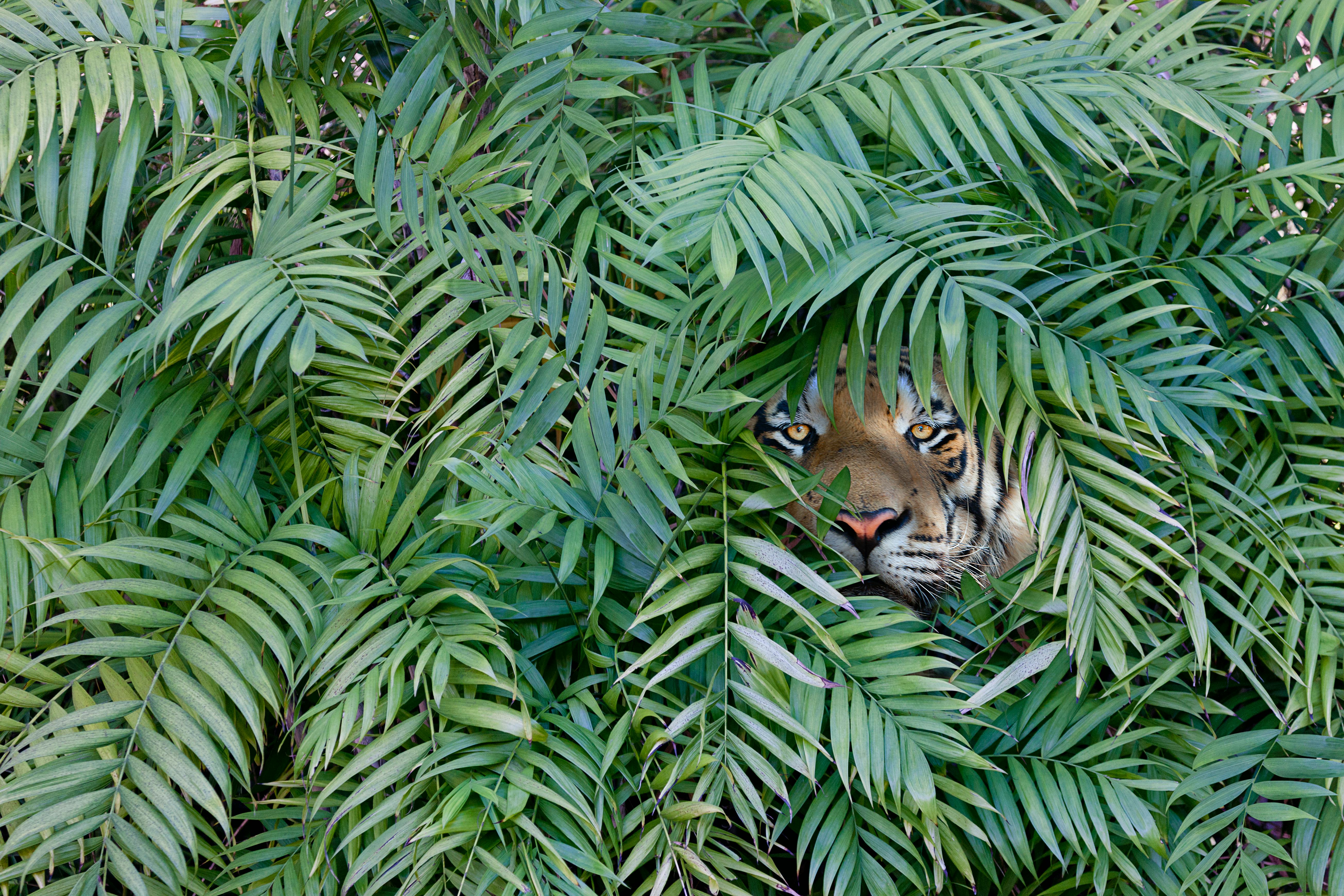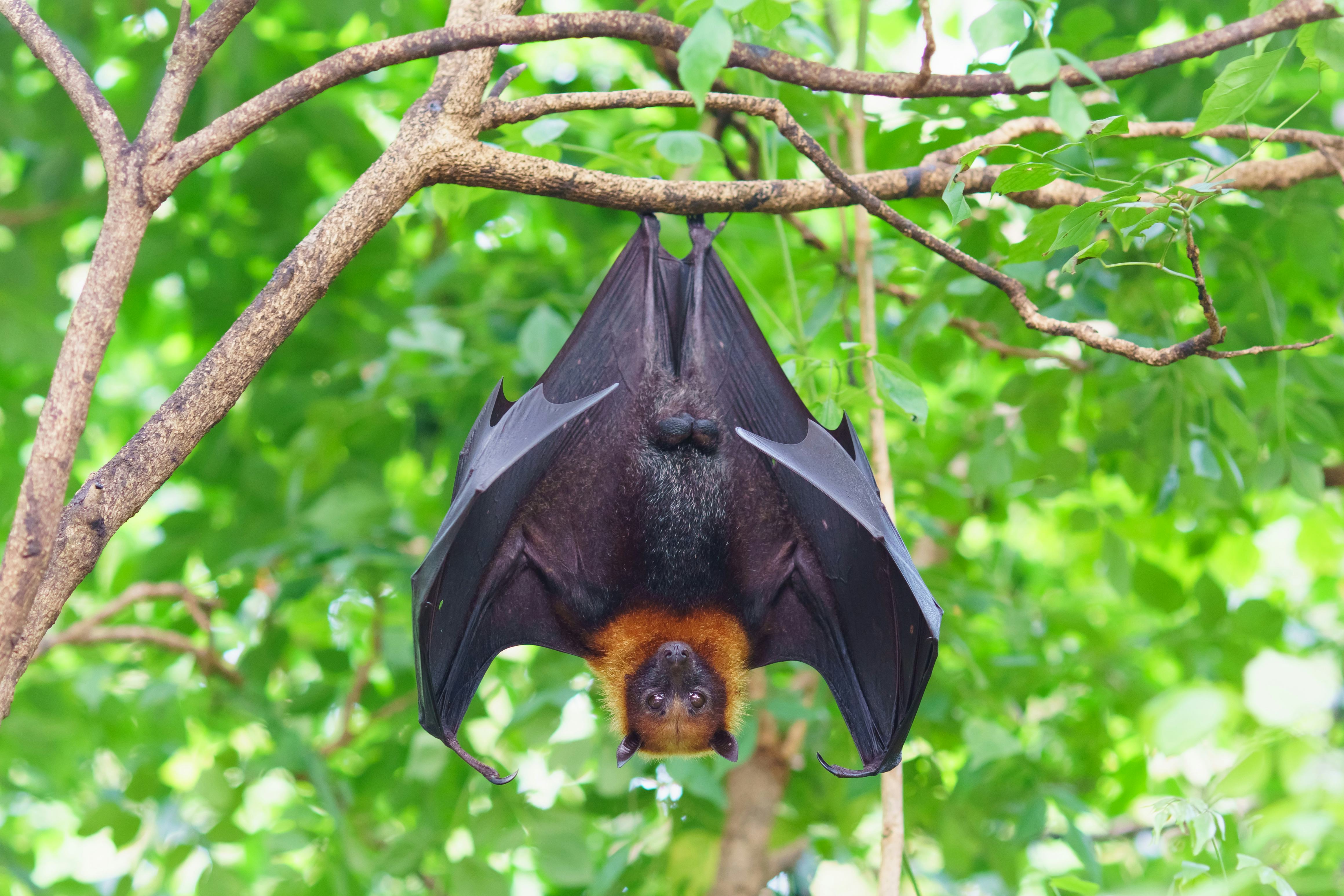
What if you could predict where the world’s hidden mammal species lurked?
Researchers at Radford University and Ohio State University think they can do just that. Their findings were published Monday in the journal Proceedings of the National Academy of Sciences.
“In most cases, these hidden species are those that have not been recognized as distinct species by taxonomists,” Bryan Carstens, a co-author of the study and head of the Carstens Lab at Ohio State University, tells Inverse.
These undiscovered animals are likely hiding in the depths of the vast world of scientific classifications, known as taxon. Taxonomists have lumped these mammals into other animal groupings when they really should be considered their own separate species.
The latest findings could potentially aid in the conservation efforts of hundreds of hidden mammal species.
What’s new — The researchers identified three groundbreaking findings on the diversity of the world’s hidden mammals.
First, there are likely hundreds of “undescribed” or hidden mammal species on planet Earth.
Second, these hidden mammals are more likely to be small-bodied — think rodents or bats — compared to larger animals. This makes sense because researchers are more likely to pick up on bodily differences between species in larger mammals.
“Essentially, small-bodied mammals with relatively large ranges are more likely to have hidden species,” Carsten says. He cites the North American bat species (Myotis lucifugus), which researchers suspect actually contains multiple “hidden” species within it, as a perfect example.
The researchers' findings support current taxonomic theories on where hidden species are likely to be found, specifically in areas with high variability in temperature and rainfall such as tropical rain forests.

Why it matters — As the researchers note: Only one million species, or roughly one to ten percent of Earth’s species, have been formally described. That means we’re lacking formal descriptions for the majority of the species on our planet.
Mammals are certainly not lacking in attention from researchers, so if we’re missing out on hundreds of mammal species, it’s hard to imagine how many more hidden species of arthropods or amphibians we’re neglecting.
“Our findings reinforce the idea that species diversity is under described even in well-studied groups such as mammals,” Carstens says.
This astonishing lack of knowledge of the world’s species — referred to as the “Linnean shortfall” — makes it that much harder to tackle the biodiversity crisis as more species become extinct nearly every day.
“The challenge associated with protecting species from extinction when we don't even recognize all of the species on the planet is a big one,” Carstens adds.
The researchers’ findings provide insight into how much of the world’s species we still don’t truly know, but it also serves as a call to action for greater funding so we can record hidden species and prevent species loss.
“Our research really highlights the need for a greater investment in all aspects of biodiversity research,” Carstens says.
How they made their discovery — The researchers’ findings are remarkable, but what may be even more impressive is the method they used to expose this hidden mammalian diversity.
After downloading 90,000 DNA sequences of more than 4,000 mammals from available databases, the researchers used machine learning — a type of predictive artificial intelligence model — to identify traits that could predict the presence of hidden species. These traits included:
- Body mass
- Geographic range
- Climate
Despite finding there are likely hundreds of hidden mammals, their model also suggests “taxonomists are already investigating the very systems that are likely to contain hidden species.”
So, we can expect more of these hidden species to emerge from the taxonomic woods in the coming years.
What’s next — Carstens is already at work with Tara Pelletier of Radford University on a similar project uncovering hidden species among salamanders. Meanwhile, the lead author from Ohio State University, Danielle Parsons, is researching potentially new species in aquatic shrews.
He hopes to continue researching on a bigger scale, though those efforts will likely require more data to be accurate.
“I'd love to build a bigger model that includes all tetrapods, or all vertebrates,” he says.
With potentially 99 percent of the world’s species hidden in the weeds of taxonomy, researchers have an uphill battle to climb, but there is still hope.
“Our results indicate that the Linnean shortfall can be addressed across the tree of life with concerted effort and increased funding,” the researchers conclude.







